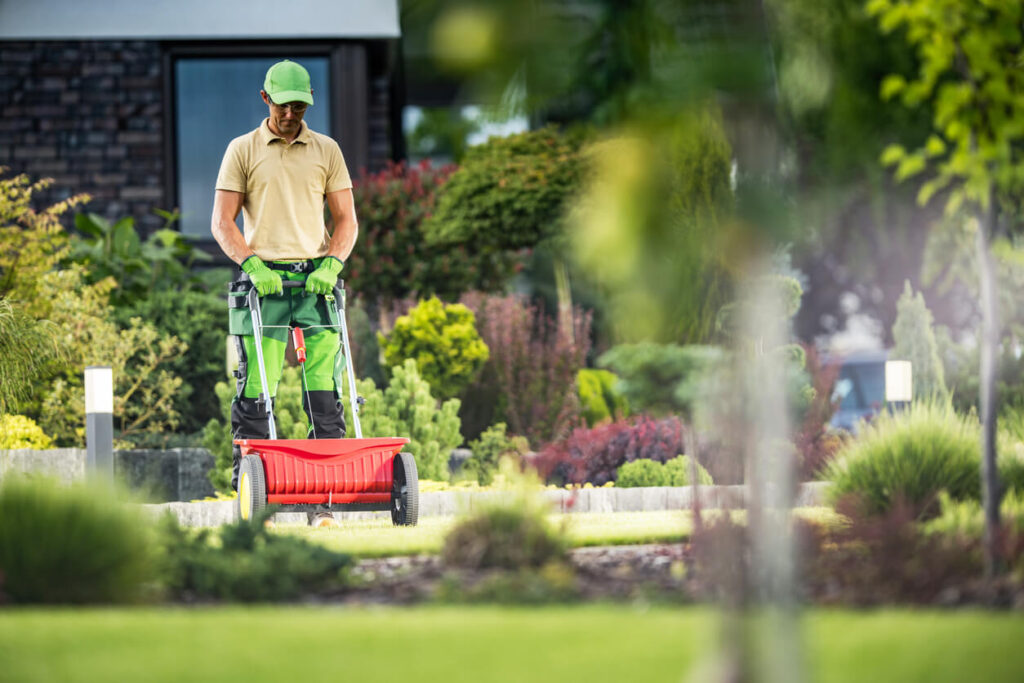10 Pro Tips For Laying a Stepping Stone Path
Creating a stepping-stone path in your backyard can be an exciting and rewarding project. Whether you are looking to bring the pathway from your home to the pool or want to add a design element to your garden, many benefits come with laying a stepping stone path.
When it comes to creating a stepping-stone path, however, it’s important to keep safety and longevity in mind. Here are 10 pro tips for laying a stepping stone path:
1. Choose The Right Stones For Your Path
The type of stones you choose for your path will have an impact on their longevity and overall appearance. Natural stones like flagstone, limestone, and slate create attractive patios and paths because they provide texture and variety in color. Clay pavers or bluestone can also be used to create attractive pathways that last much longer than asphalt or concrete alternatives.
2. Calculate The Stone Path Materials Needed
Before beginning any project, it’s important to measure the area where you plan on laying your stones as well as calculate how many stones you’ll need for the project. This will help ensure that all of your materials arrive at once so that you don’t have to order more later on down the line—saving time and money in the long run!
3. Mark Boundaries With Paint
Before laying out any stones, mark off where you plan on placing them using spray paint or another temporary marking tool so that you know exactly where everything should go when you begin setting them down. This will also help indicate if something is wrong with the layout before you start installing permanent elements like gravel or sand underneath the stones.
4. Level Ground Accordingly
Make sure that the ground is properly leveled before setting down each stone. This is to not to create uneven pathways which could prove hazardous over time. Especially if there are children around who may be running along it! If necessary, use a shovel or other tools like rakes and hoes to level out any bumps or holes in the ground before laying down any stones.
5. Install Gravel Base For The Stone Path
Once your ground has been leveled out correctly, install a base layer of small rocks (like pea gravel) beneath each stone. This will help ensure that water drains away from each piece instead of pooling underneath them. This can cause them to sink into the mud over time! On top of this layer of gravel also lay down some weed-blocking fabric before placing down each piece of stone which will prevent weeds from growing up between them later on down the line too!
6. Place Larger Pieces First
When setting down each piece of stone for your pathway make sure to begin by placing larger pieces first. This way smaller ones are more easy to fill any gaps between them afterward. Now you have nothing to worry about not having enough room being left for larger pieces at end result looks uniform all around! This method also makes it easier to adjust the layout if needed while still making sure everything fits together nicely when done correctly. This allows easy access points along the route while creating a visually pleasing finish product too!
7. Cut Edges With A Wet Saw
If there are particularly tight corners along the route then use a wet saw cut angles into edges pieces so they fit perfectly into place without compromising the structural integrity entire structure either – since cutting dry could cause fractures to weaken the stability whole pathway overtime due to irregular distribution weight across surface later on down line either!
8. Fill Gaps With Sand/Mortar Mix
Once each piece has been placed then fill any remaining gaps between them using sand/mortar mix. This helps keep everything together firmly even after years of rainwater exposure ensuring both stable beauties remain intact no matter what weather throws at it future! Also, make sure to use non-shrinking grout rather than regular cement else risk cracks forming uneven surfaces over time too.
9. Place Edging Around The Perimeter of Your Stone Path
To further secure the stability pathway consider placing edging around its perimeter too – this helps inform people know the exact boundaries pathway well protecting it against accidental damage such as lawnmowers and other garden tools used nearby the area itself! Edging can also add visual appeal space adding touch sophistication elegance everyone appreciates eyes lighten the moods of those who pass by daily basis likewise.
10. Seal Stones Periodically
To protect against discoloration fading over time caused by sun UV rays then make sure to seal stones periodically with whatever product best suited material nature itself – this provides an extra layer of defense whilst maintaining a natural look and feel overall aesthetic design intentioned upon the original creation stage! It also helps prevent weed growth from coming through cracks and crevices keeping the entire pathway neat manner alike.
Laying a stepping stone path is an exciting project that adds charm and character to any outdoor space. This provides safe pathways for foot traffic throughout its lifespan too. Follow these ten pro tips when planning yours today! Place careful consideration into every step taken during the process itself. Then one can easily enjoy beautiful results in their own backyard perfect atmosphere relaxation comfort guests alike.




